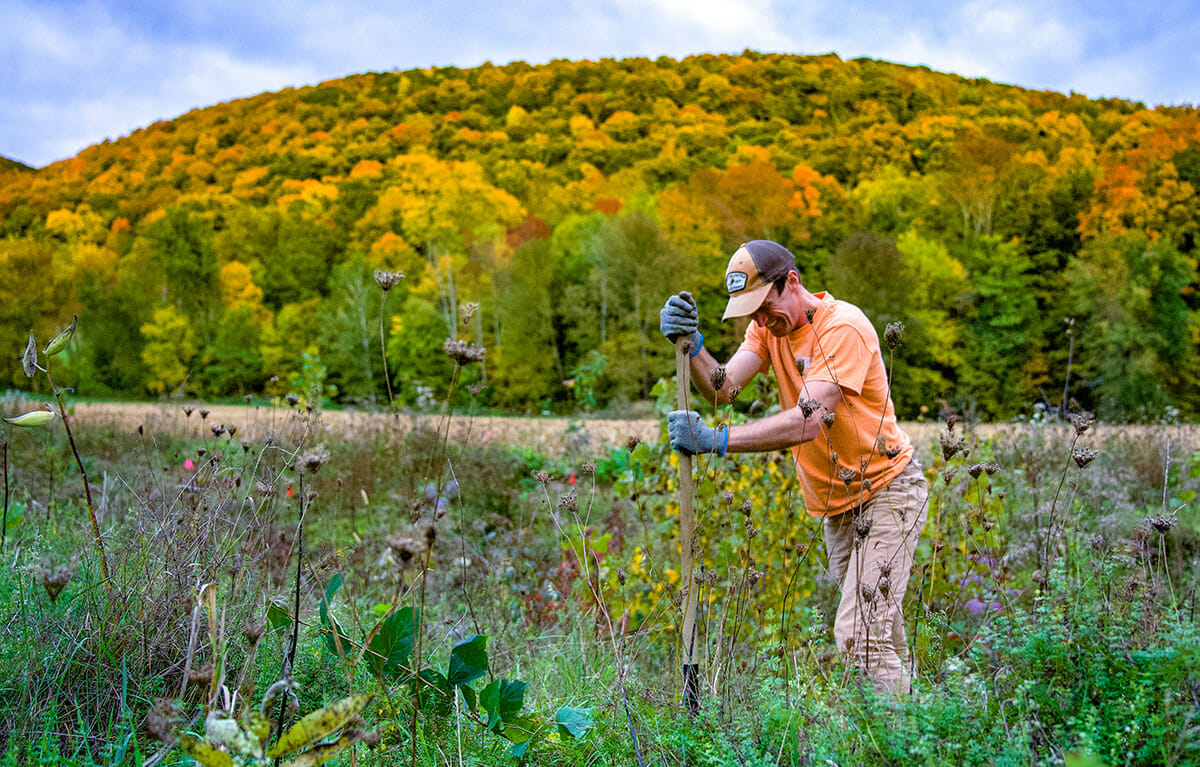From rookie to pro, Jacob Fetterman works diligently to improve habitat conditions for Battenkill watershed trout
When he first started working in the Battenkill River watershed, Jacob Fetterman was a relative rookie when it comes to stream restoration.
He is on his way to becoming a stream-fixing veteran.
Fetterman has overseen Trout Unlimited’s Battenkill Home Rivers Initiative since the program’s formal launch early in 2020. Three-plus years of planning, managing and completing restoration work on the iconic trout stream in Vermont and New York quickly brought him up to speed.
“Three years have gone by really quickly,” Fetterman said. “We’ve gotten quite a few projects done despite some curveballs.”
The first one came almost immediately when the Covid pandemic largely shut down the country for a couple of months. Then there was also the much-wetter-than-usual summer in 2021, which further delayed projects.
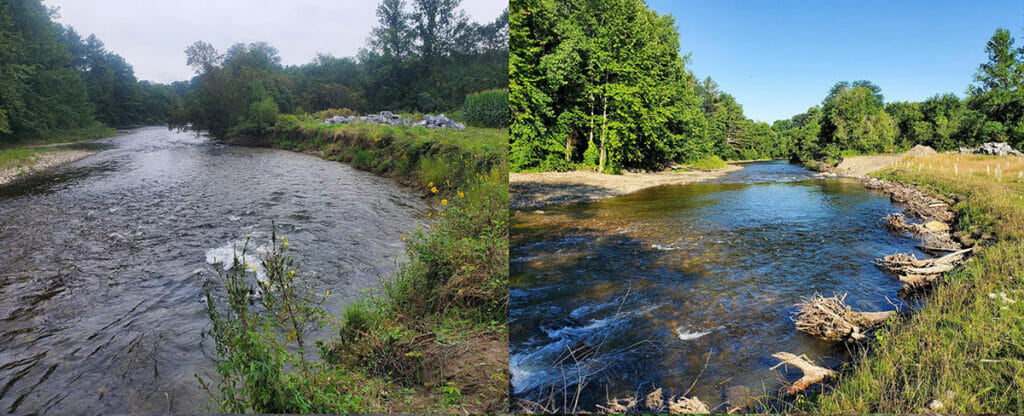
Still, Fetterman and his crews have completed restoration work on roughly 2 ½ miles of the Battenkill and its tributaries. They’ll do at least another mile in 2023.
A strong network of grassroots volunteers, along with other engaged partners in the region, has helped keep things rolling, as has a diverse slate of funders, including TU chapters, New York State’s TU Council, foundations and Orvis.
“We had so many partners that were already working in the watershed,” said Fetterman. “It made it easy to get right into doing projects because engagement was already there.”
(Click HERE for a Google Earth look at the amazing number of projects completed in the watershed so far.)
Fetterman, whose background is in fisheries biology, spent his first summer in the Battenkill as a seasonal hire, partnering with TU volunteer extraordinaire John Braico to complete a detailed on-the-water survey of the river and several key tributaries.
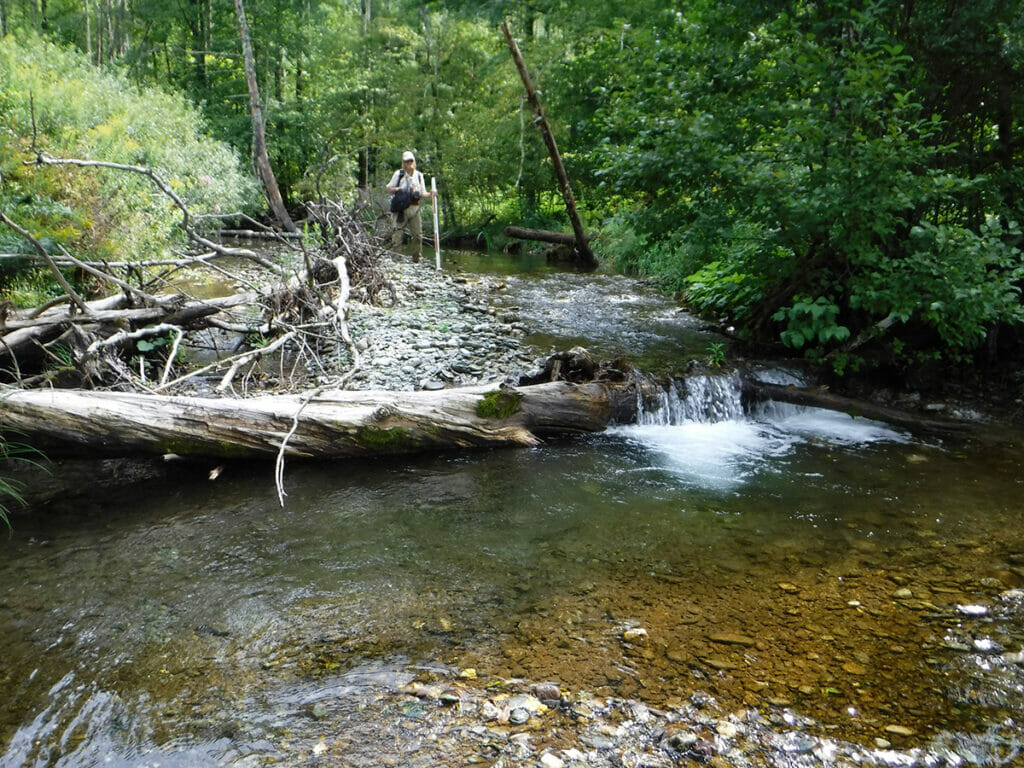
“The project side was a learning curve because my background in fisheries management was largely focused on biology and ecology, and working with John that first summer was on the fluvial geomorphology side,” Fetterman said. “John helped bring me up to speed and then some on river processes and how natural habitat is formed and sustained. These concepts are utilized to assess watershed and reach-level health and are the foundation of each individual project.”
Those days with Braico on the Battenkill and tributaries helped set the foundation for the next job.
“When I started as the full-time HRI project coordinator, I felt like I already had a pretty good idea of what was going on and knew all the big players,” Fetterman said.
That early survey work with Braico helped confirm widespread concerns about the fishery. The river held plenty of tiny wild brown trout and a few whoppers. But there was a glaring lack of medium-sized fish. A primary suspected culprit was a general lack of in-stream cover for trout, which increased vulnerability of mid-sized trout to predators such as cormorants.
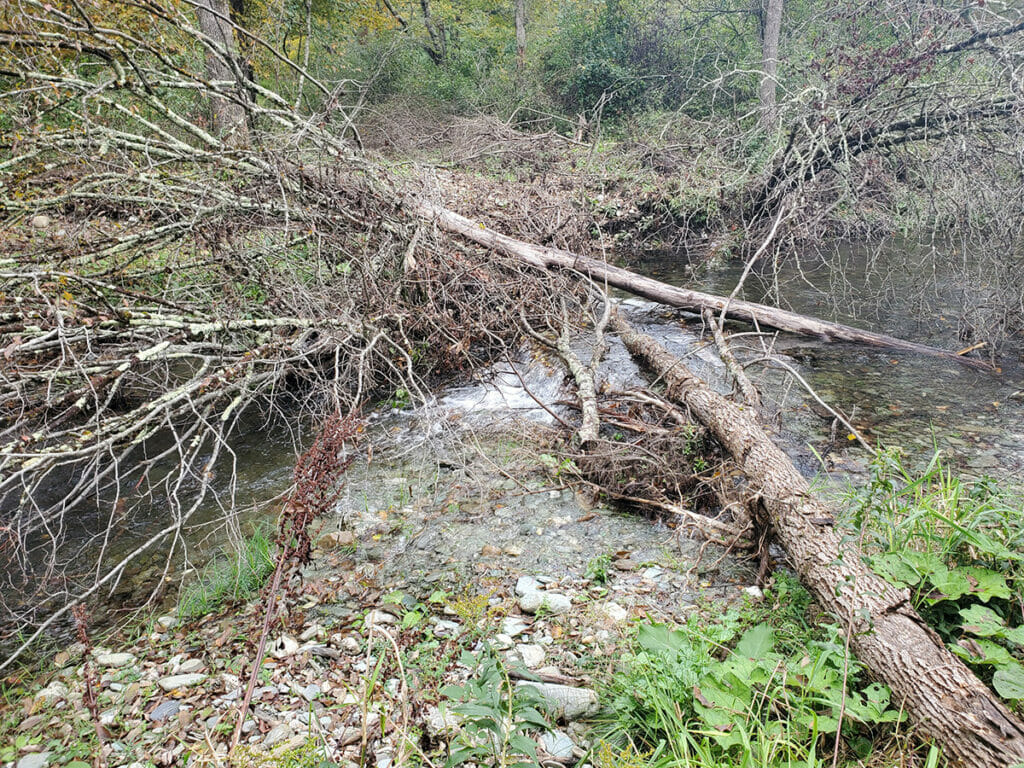
Restoration projects to date include bank stabilization, stream habitat enhancement and floodplain reconnection on the mainstem Battenkill in both New York and Vermont, and tributaries including Camden Creek in New York and Lang Brook in Vermont.
Planting trees in riparian corridors has also been a big focus.
In 2022, TU hosted four planting events — three in the spring; one in the fall — that drew dozens of volunteers, who planted a total of 515 trees.
“One of my favorite parts of the job is getting to meet people in the community, whether they live right on the Battenkill or they live two hours away and come out for events,” Fetterman said. “It’s rewarding to see that, and to get your hands dirty with people who care about the resource just as much, if not more, than I do.”
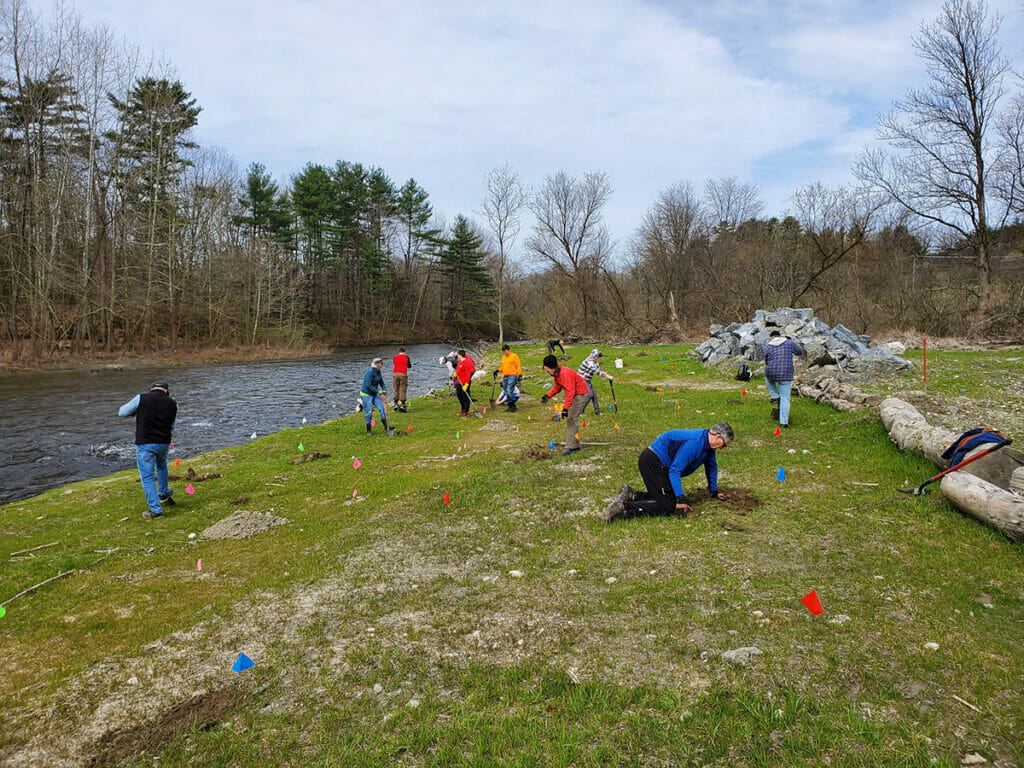
Even though it’s relatively early in the initiative, Fetterman said he has seen indications that the work is paying dividends. Fetterman donned snorkeling gear to survey instream habitat, his underwater forays allowed him to see trout using the newly installed cover. Electrofishing surveys conducted by state biologists also show promising trout population trends.
Fetterman said anglers have also provided encouraging reports. One of those anglers is Fetterman himself.
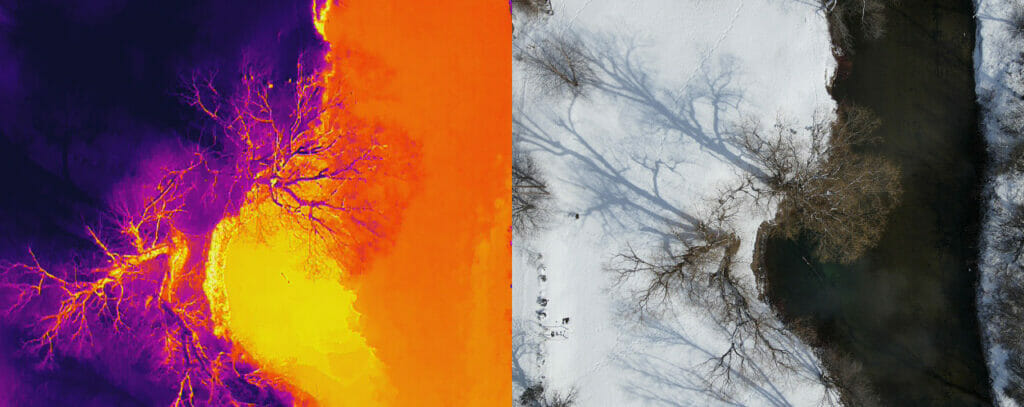
“I’ve enjoyed fishing when I’ve been able to get out, which hasn’t been much in the grand scheme of things but certainly more than my first summer,” he said. “I’ve been able to hook into some of the classic Battenkill browns. Nothing big like the ones you sometimes see, but good, medium-sized fish and that’s great because that can be attributed to the work focusing on where the deficiency was.”
For updates on projects and volunteer opportunities, visit the Battenkill Home Rivers Initiative Facebook page.



